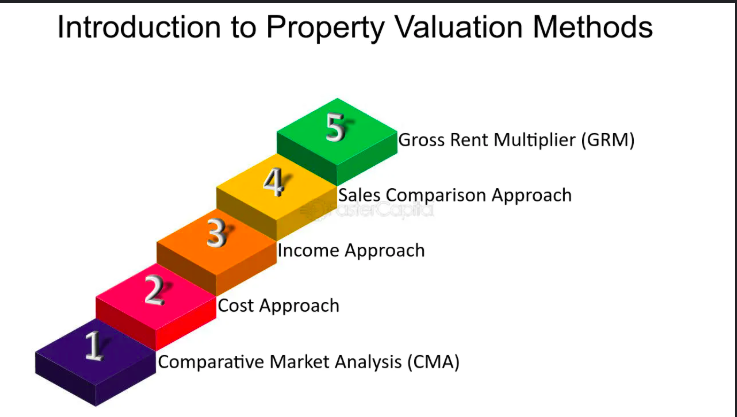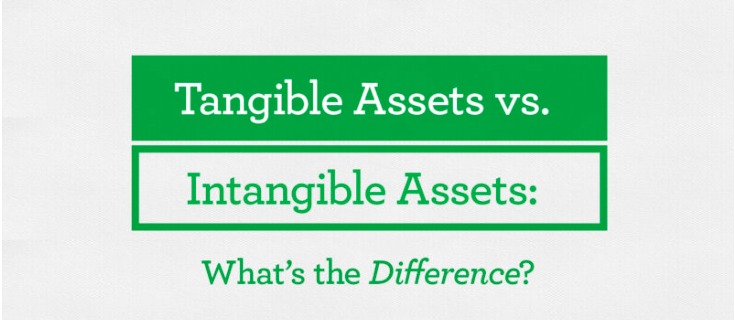
5 Core Methods of Property Valuation
Property valuation is a crucial aspect of real estate that helps determine the market value of a property. This process involves various techniques, each serving a unique purpose depending on the property type, market conditions, and intended use. In this article, we’ll explore the five core methods used in property valuation, offering you insights into how each approach works and when they are typically applied.
1.Comparative Market Analysis
The Sales Comparison Approach is one of the most commonly used methods for valuing residential properties. It compares the property being valued to similar properties (comparables or "comps") that have recently been sold in the same area. The idea is to adjust the sale prices of these comparable properties for differences in features, size, location, and condition, arriving at an estimate for the property’s value.
Key Considerations:
Suitable for residential properties and areas with an active real estate market.
The more recent and similar the comparable sales, the more accurate the valuation.
2. Cost Approach
The Cost Approach estimates the value of a property based on the cost to rebuild it, subtracting depreciation. This method is often used for new properties or properties with unique features (e.g., schools, hospitals, or special-purpose buildings) where direct comparisons may not be readily available.
The formula is straightforward:
Value = Cost to Replace or Reproduce Property - Depreciation + Land Value
Key Considerations:
This method is ideal for properties with little market activity or custom-built properties.
Depreciation is an important factor and needs to be carefully assessed to avoid overvaluing the property.
3. Income Approach (Capitalization Method)
The Income Approach is used primarily for commercial properties and rental properties, such as office buildings, apartment complexes, or retail spaces. This method calculates the value of the property based on its ability to generate income. It looks at the net operating income (NOI), which is the income produced by the property after operating expenses are deducted, and divides that by the capitalization rate (cap rate).
The formula is:
Value = NOI ÷ Cap Rate
Key Considerations:
The Income Approach is essential for investors or buyers looking at income-producing properties.
The accuracy of the valuation depends heavily on the income data and the appropriate capitalization rate, which is influenced by factors like market conditions and the property’s risk profile.
4. Gross Rent Multiplier (GRM)
The Gross Rent Multiplier (GRM) is a simplified version of the Income Approach, focusing on the property’s gross rental income. It is calculated by dividing the property’s purchase price by its annual gross rental income.
The formula is:
GRM = Property Price ÷ Gross Annual Rent
Key Considerations:
GRM is often used for small residential investment properties, such as single-family homes or small apartment buildings.
While it’s less complex than the full Income Approach, it doesn’t take into account operating expenses, which could result in less accuracy in estimating value.
5. Residual Method
The Residual Method is commonly used for land and development projects. It estimates the value of the land or property by subtracting the development costs (including construction, legal fees, and other associated costs) from the anticipated end value once the property is fully developed. This method is especially useful when the property is intended for future development or redevelopment.
The formula is:
Value = Potential Sale Price - Development Costs
Key Considerations:
This method is typically used for large-scale developments or vacant land that can be developed or redeveloped.
It requires detailed projections about future income, expenses, and the potential market value once the project is completed.
Conclusion
Each property valuation method has its strengths and specific use cases. Choosing the right approach depends on the type of property, its purpose, and the available data. Whether you are a buyer, seller, investor, or developer, understanding these core methods will give you a clearer picture of how a property’s value is determined and help you make more informed decisions in the real estate market.

 April 11, 2025
April 11, 2025



